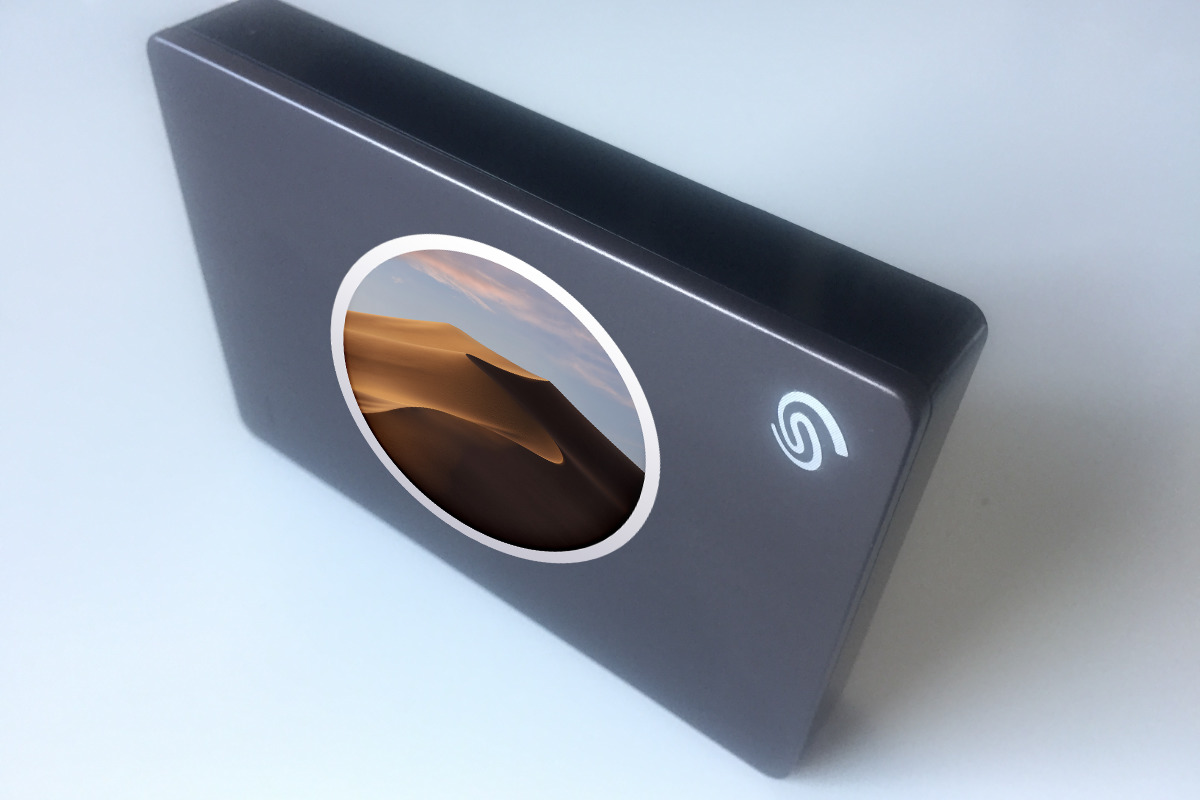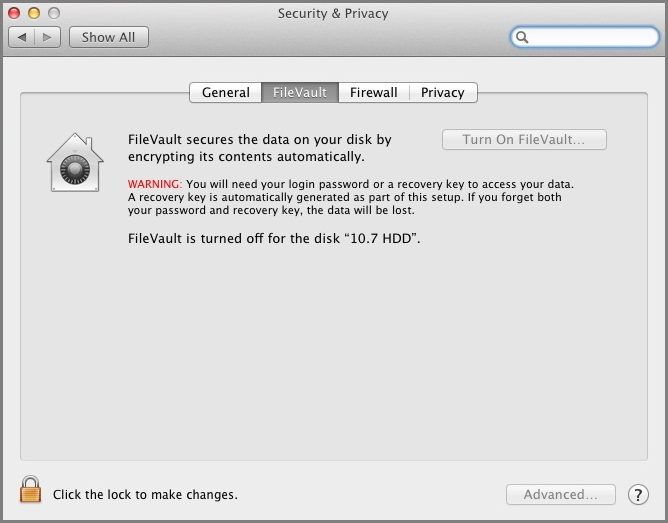

- #MAKE AN IMAGE OF ENTIRE MAC HARD DRIVE FOR DEPLOYMENT MAC OS X#
- #MAKE AN IMAGE OF ENTIRE MAC HARD DRIVE FOR DEPLOYMENT INSTALL#
All the Mac OS X system files, as well as files by most third-party applications, are bundled as package files. mpkg) files that are read by the Mac OS X Installer utility. Permissions on system and application files are specified by package (. Improper permissions can also have the opposite effect, giving users or applications greater access to core system files and settings than they should normally have. This situation can lead to issues ranging from not being able to open a file or application, to erratic behavior of affected applications, or even to erratic behavior and lack of access to system components of Mac OS X (such as Apple-provided utilities, or configuration options such as those in System Preferences). In addition to problems with directory or file systems on a drive, the file permissions on individual files or folders may become corrupted or may be set improperly. In these situations, you may not be able to open or copy files that are affected by the directory corruption.

Even if the drive is accessible, you may want to use a utility to determine the type and extent of the damage (and rule out physical damage) before attempting to open or copy files. In these cases, you may be able to see and access the affected drive, or the drive may have suffered damage or corruption bad enough that the Mac will be unable to mount the drive at all.
#MAKE AN IMAGE OF ENTIRE MAC HARD DRIVE FOR DEPLOYMENT INSTALL#
In cases severe enough to render the Mac unable to boot from a drive, typically you can use an alternate startup disk, such as another hard drive or partition, a Mac OS X install or restore DVD, a hard drive utility DVD, or a disk inserted in another Mac (such as is required for the MacBook Air or Mac mini server, which ship without a built-in DVD drive). If a directory is damaged or corrupted, you may not be able to locate or open files, applications may behave erratically, or the Mac may not start from the affected drive. These structures are important because they enable the Mac to locate the pieces of data that make up a file. The directory structures of a drive are created when the drive (or partition) is formatted they act as a map to the sectors or blocks on a disk where the data is stored. More commonand much easier to fixis damage to the directory structures and the file system on a hard drive (or a removable drive, such as a flash drive or camera memory card). (I'll talk about data-recovery tools and options in a future article.) Repairs for physical damage typically require replacing the drive, often without being able to recover the files stored on that drive. Physical damage is less common but more severe, because the driveor, in rare cases, the circuitry that connects the drive to the motherboard of the computer, known as the drive controllerno longer functions. Hard drive problems come in two general types: physical damage to the drive itself, and directory or file system damage. Some of the most common problems that Mac users experience have to do with hard drives.

While Macs tend to have lower incidences of some of these problems (malware in particular), they aren't immune to having issues that require some diagnostic and repair work. Mac OS X 10.6 Snow Leopard: Peachpit Learning SeriesĬomputers can develop many problems, including hardware damage and defects, operating system and application issues, and malware.


 0 kommentar(er)
0 kommentar(er)
